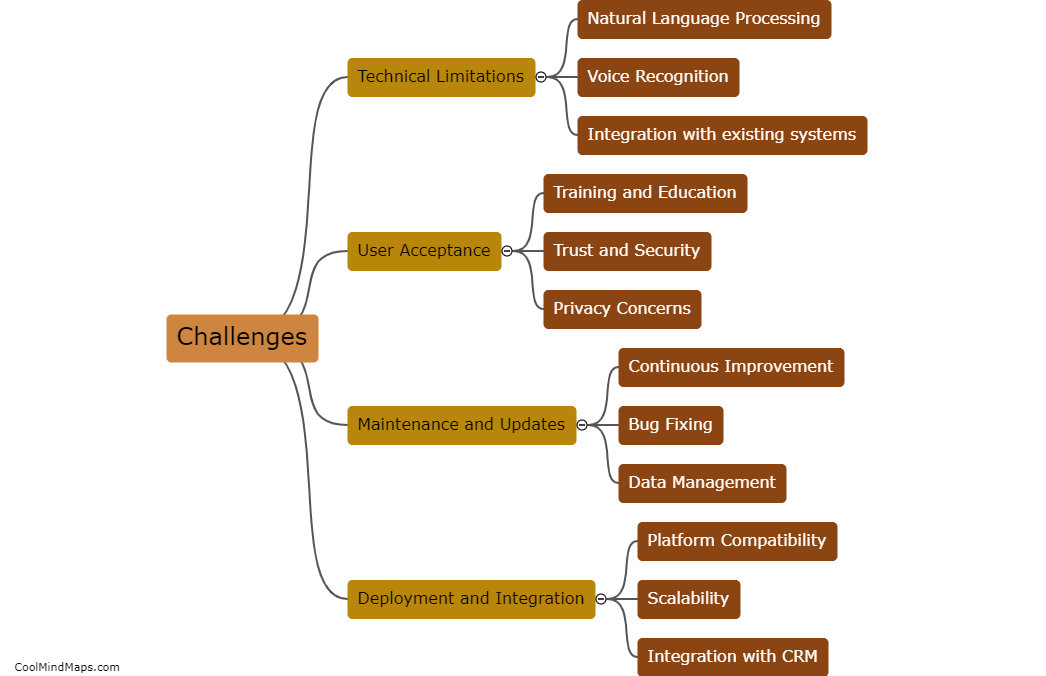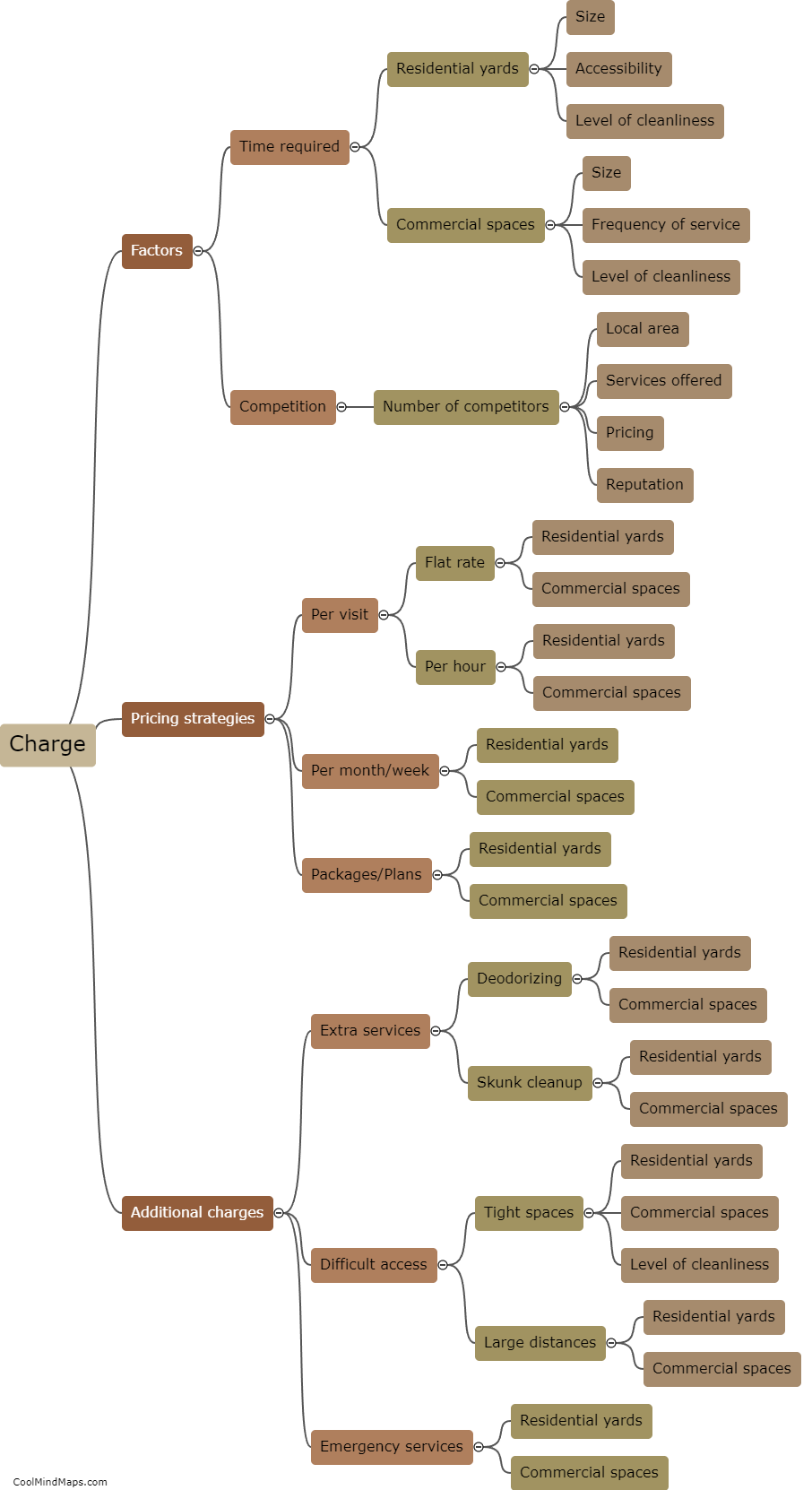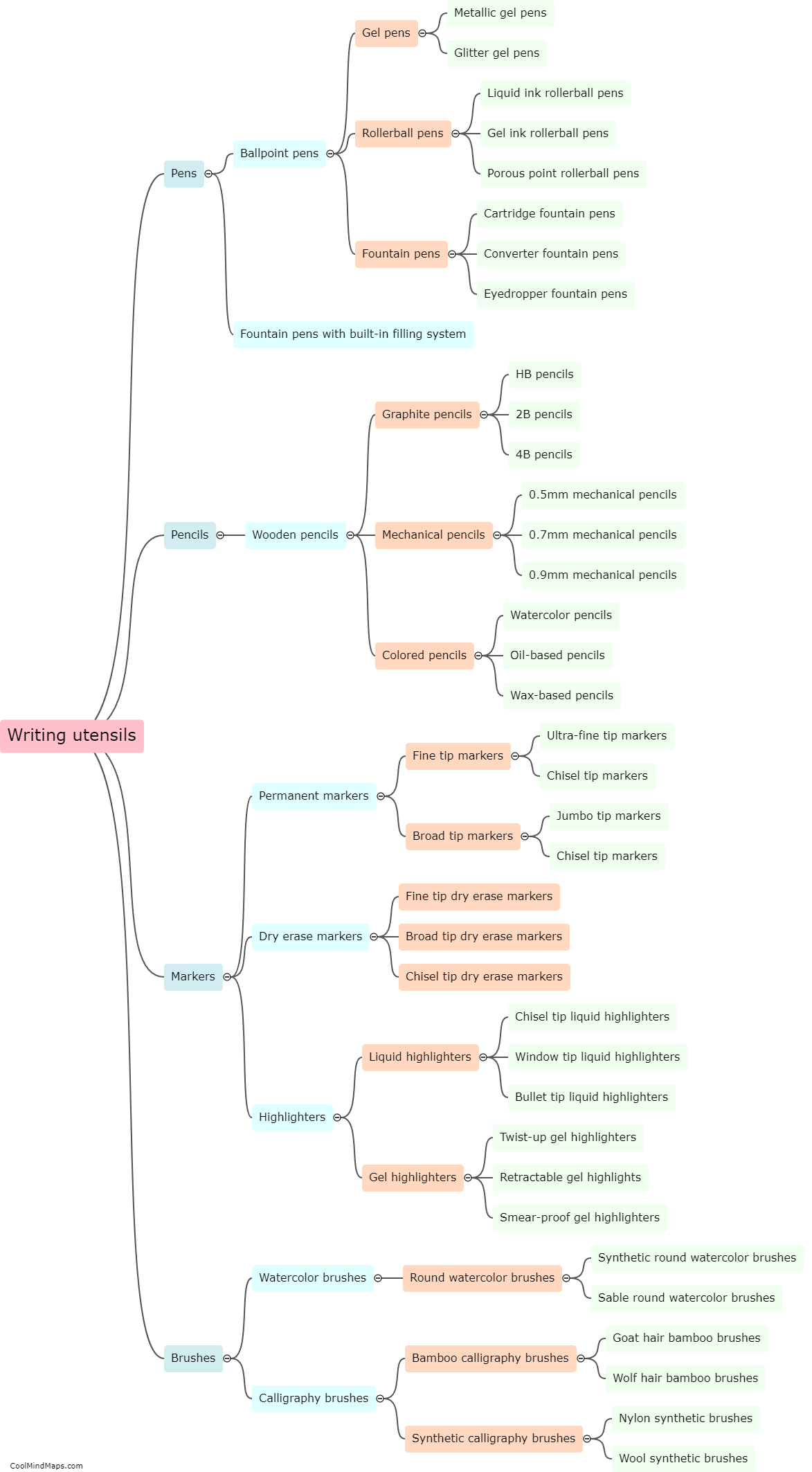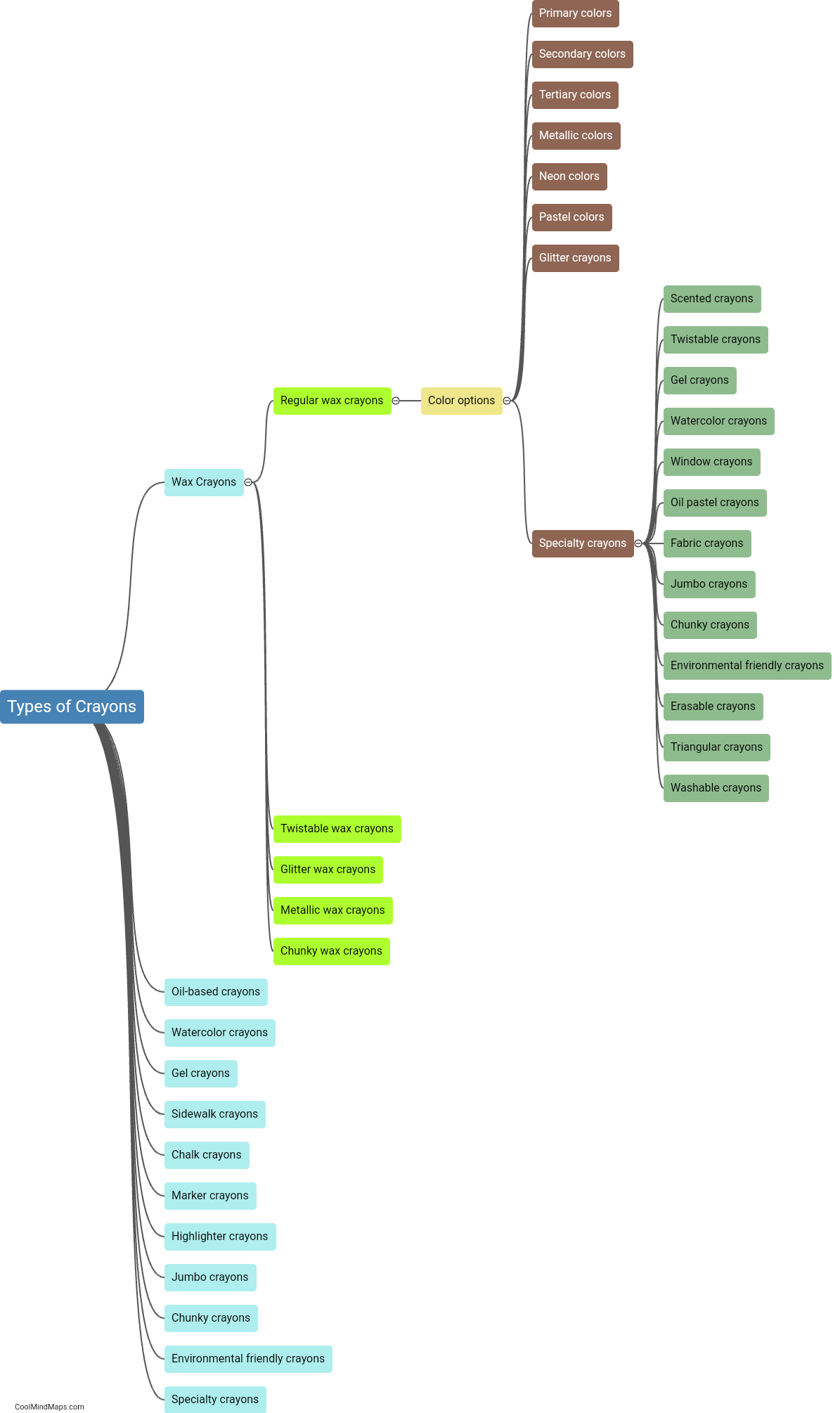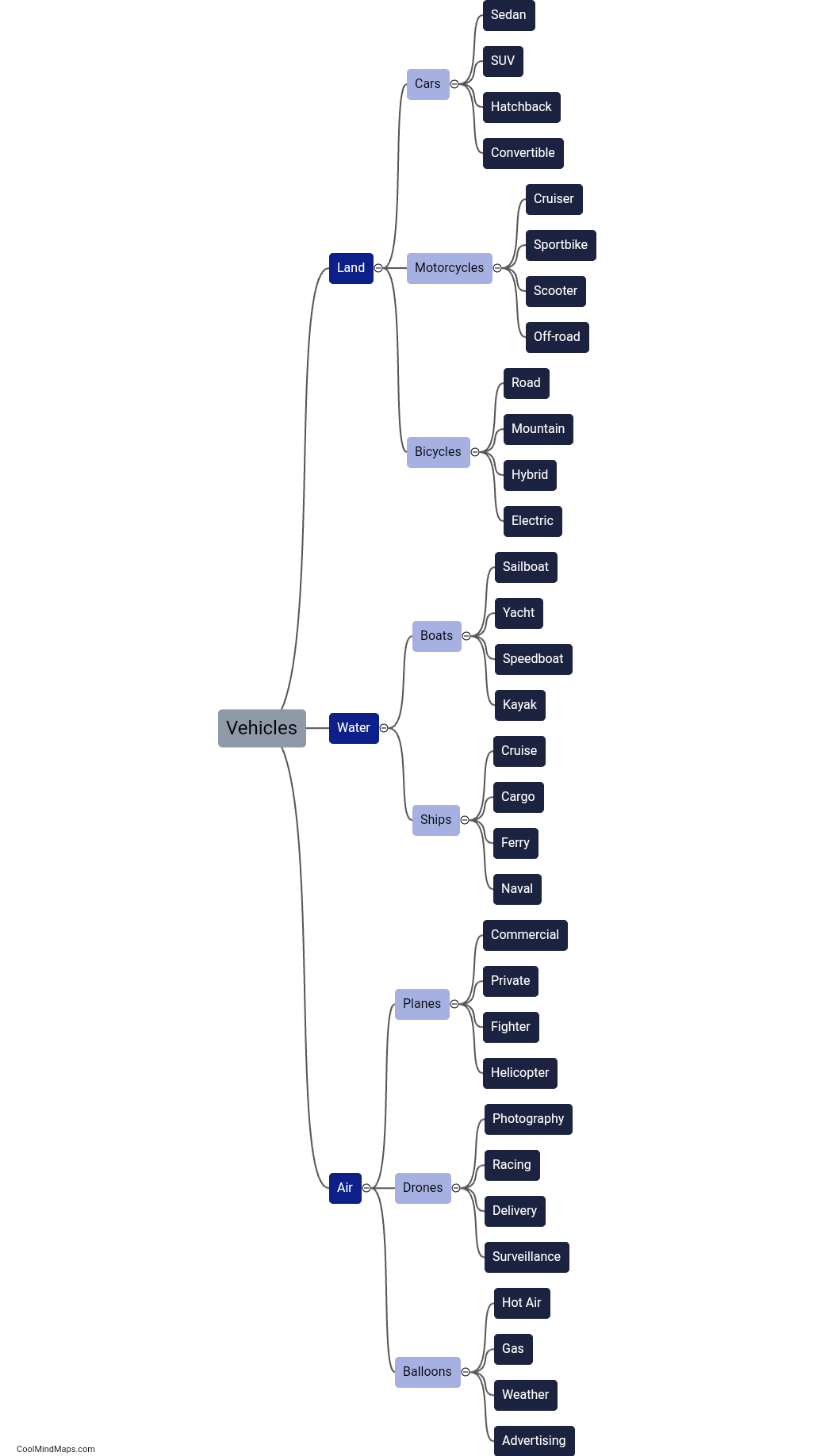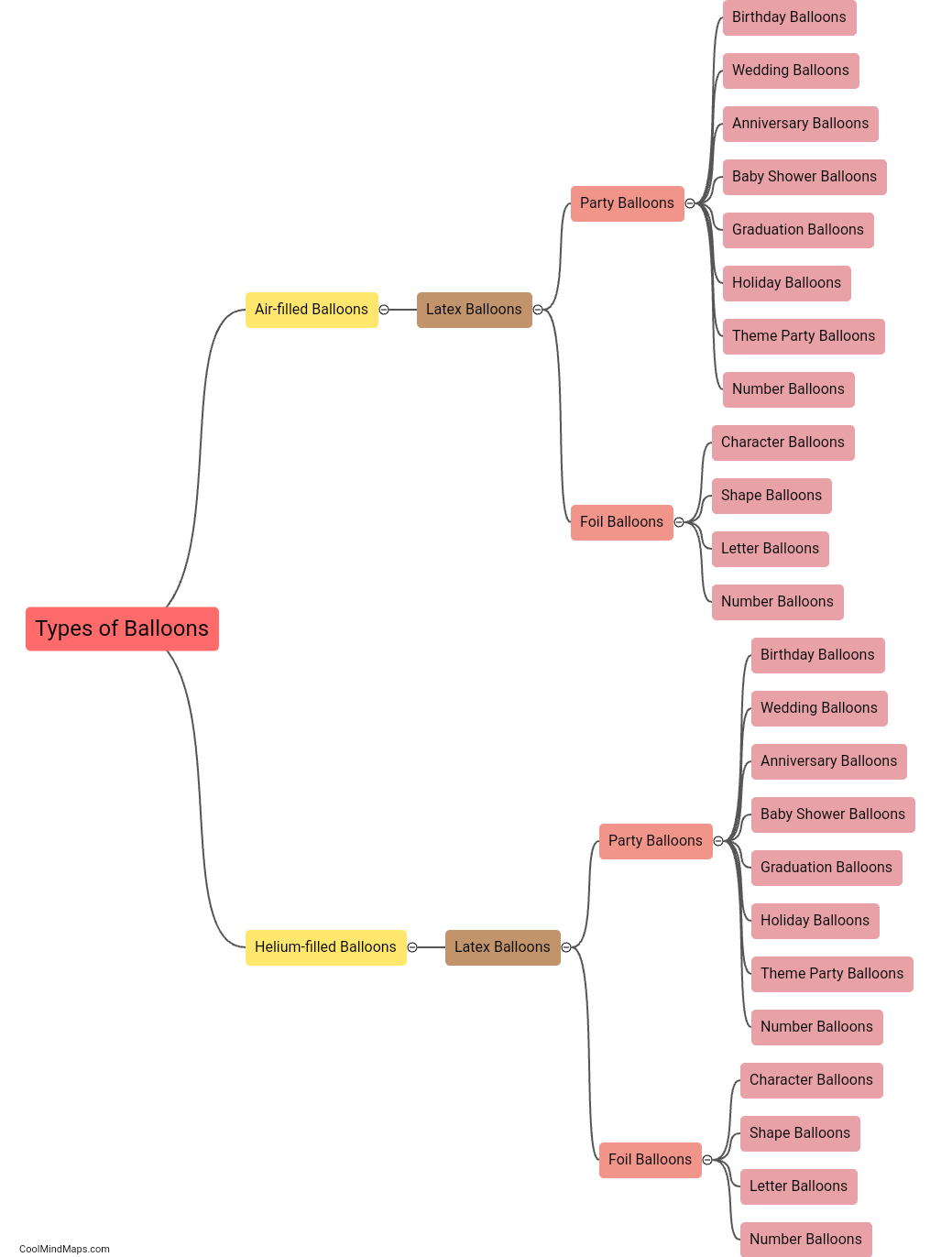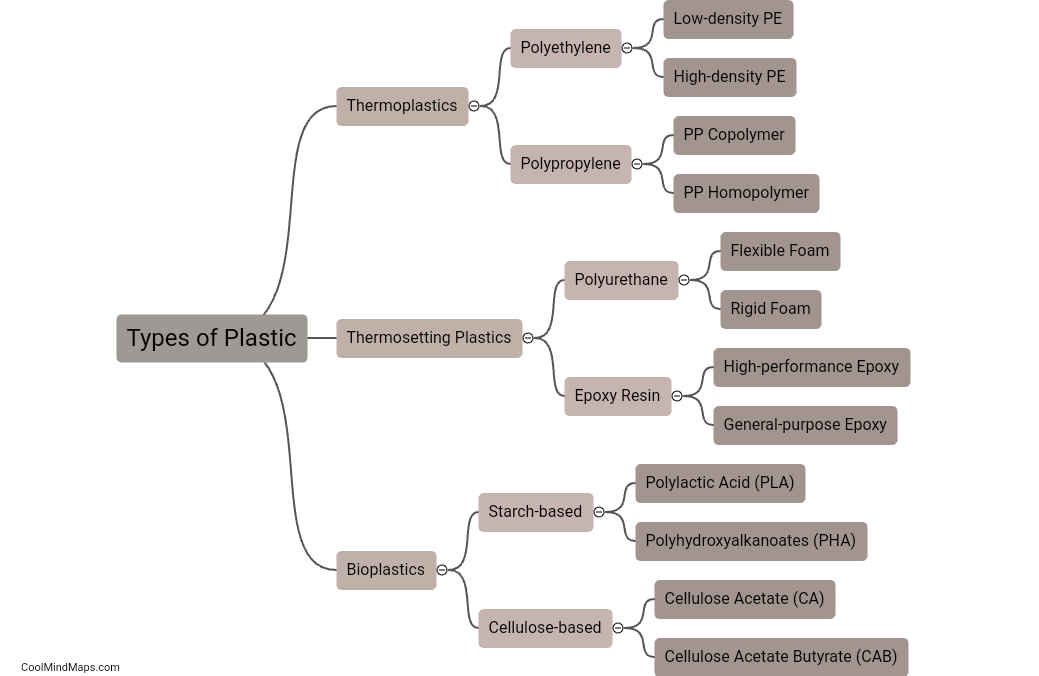What are the different types of decimals?
Decimals are a fundamental concept in mathematics that allows us to represent partial quantities or fractions in a numerical form. There are three main types of decimals: terminating decimals, repeating decimals, and non-repeating decimals. Terminating decimals have a clear end and can be expressed with a finite number of digits after the decimal point. For example, 0.25 is a terminating decimal. On the other hand, repeating decimals have a repeating pattern of digits, indicated by a line or bar above the repeating digits. For instance, 0.333... is a repeating decimal where the digit '3' repeats indefinitely. Lastly, non-repeating decimals are decimals without a repeating pattern, such as the square root of 2, which is approximately 1.41421356. Understanding the different types of decimals is crucial for various mathematical calculations and applications.

This mind map was published on 23 November 2023 and has been viewed 91 times.

